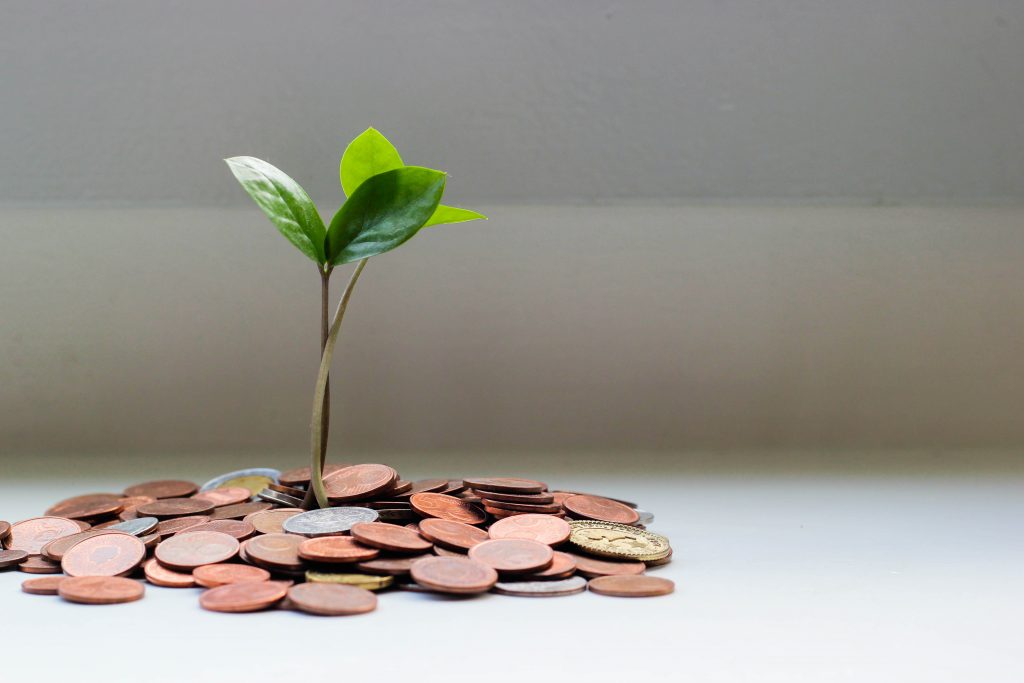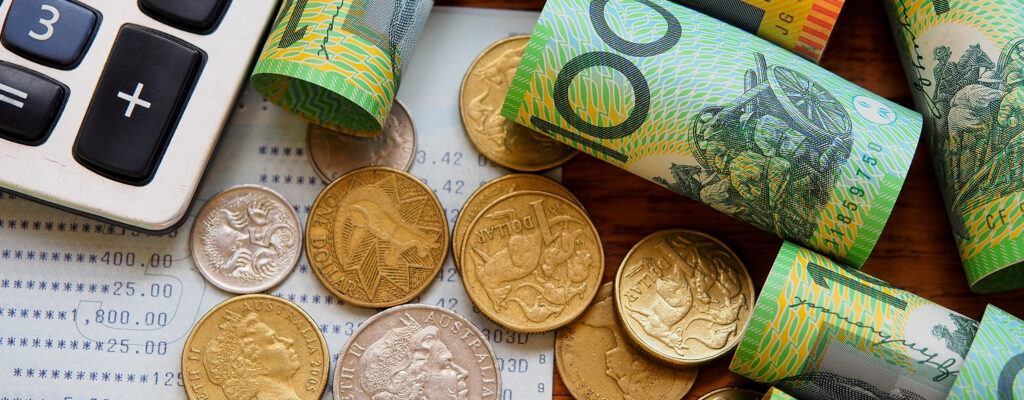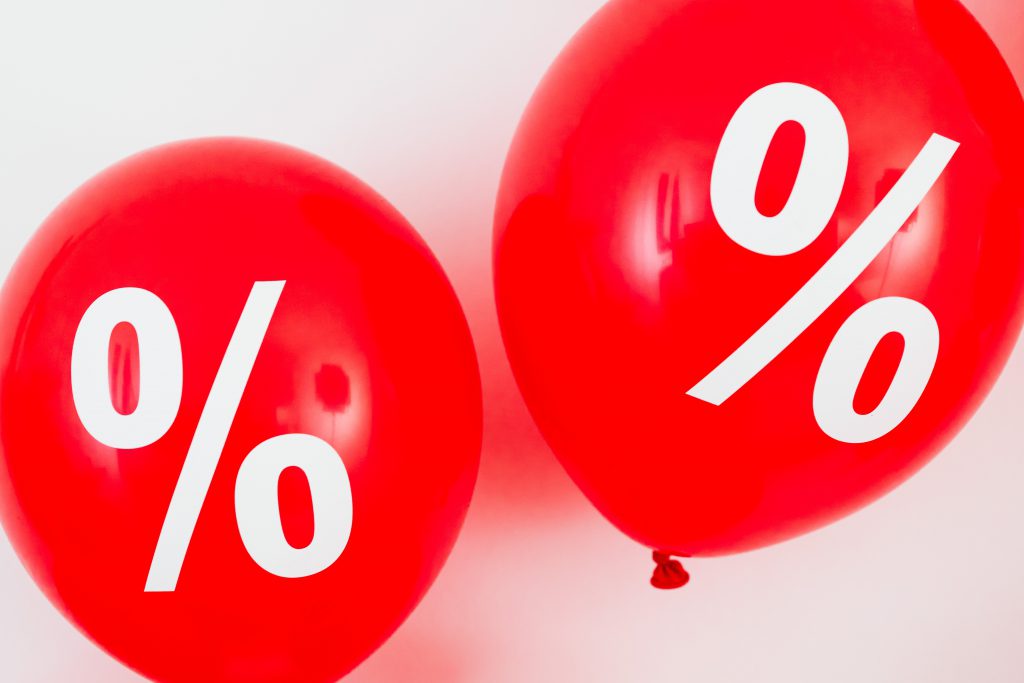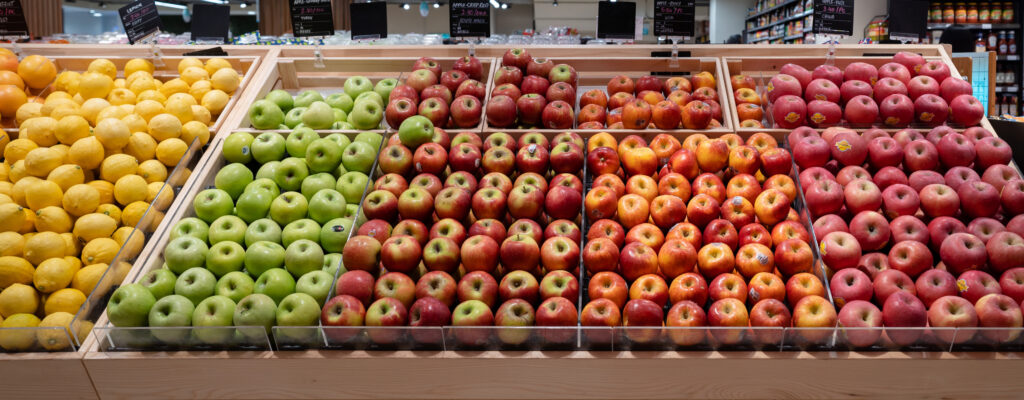Scan this article:
Diversification is when you spread your investment risk by buying across different asset classes, sectors and markets. The theory goes that this will make your portfolio less vulnerable to swings in the market, as you’re not putting all your eggs in one basket. So when one investment performs poorly, another could be doing well – smoothing out the return for your whole portfolio.
So how many different stocks do you need to own to have a wide-ranging portfolio?
There’s no definite answer. It depends on the composition of your existing portfolio as well as your investment goals and personal situation.
That said, the Tasmanian School of Business and Economics reckons Australians need, on average, 24 to 30 stocks to have a well-diversified portfolio.
This is where investing in ETFs (exchange-traded funds) can help.
How ETFs can help diversify your portfolio
An ETF can be a simple, cost-effective way to diversify your portfolio, because with one transaction you gain access to a basket of stocks.
For example, if you buy an ASX 200 ETF, you get instant exposure to the biggest 200 companies listed on the Australian Securities Exchange, such as the big four banks, Telstra and Rio Tinto.
That’s already the finance, mining and telecommunications sectors ticked off before you count the other 194 companies.
But using ETFs as a diversification tool needn’t stop there. You can also use them to diversify across:
- Asset classes
- International markets
- Sectors
Let’s look at those in more detail.
Diversifying across asset classes
ETFs come in all shapes and sizes, including those focused on shares, bonds, real estate, currency and commodities. Each asset class reacts differently to market forces.
For example, gold is traditionally seen as a ‘safe haven’ investment, so many investors flock to it when the stock market suffers a downturn or inflation rises. On the other hand, shares and property are seen as growth assets – though that can mean higher levels of risk.
Diversifying across international markets
According to Deloitte Access Economics, 75% of Australian investors hold only domestic shares. Over-exposure to a single market can leave you vulnerable to shocks. For example an Australian recession could trigger a short-term selloff on the ASX.
ETFs can help you spread your investments over a range of global markets. For example, the Vanguard MSCI Index International Shares ETF tracks the performance of about 1,500 large-cap and mid-cap companies listed on the exchanges of the world’s major economies excluding Australia.
Diversifying across sectors
Financial and resource-based companies dominate the Australian Securities Exchange (ASX), counting for around 50% of the market by capitalisation according to the Reserve Bank of Australia.
You can use an ETF to give you access to sectors that are under-represented on the Australian market such as technology, robotics and pharmaceuticals.

Become a part of
our investors' community
Why you should join us:
- Join free and invest with no monthly account fees.
- Fund your account in real time with PayID.
- Get investing with brokerage from $2. Other fees may apply for U.S. shares.
Read our latest articles
Make knowledge your superpower and up your skills and know-how with our news, educational tools and resources.
























